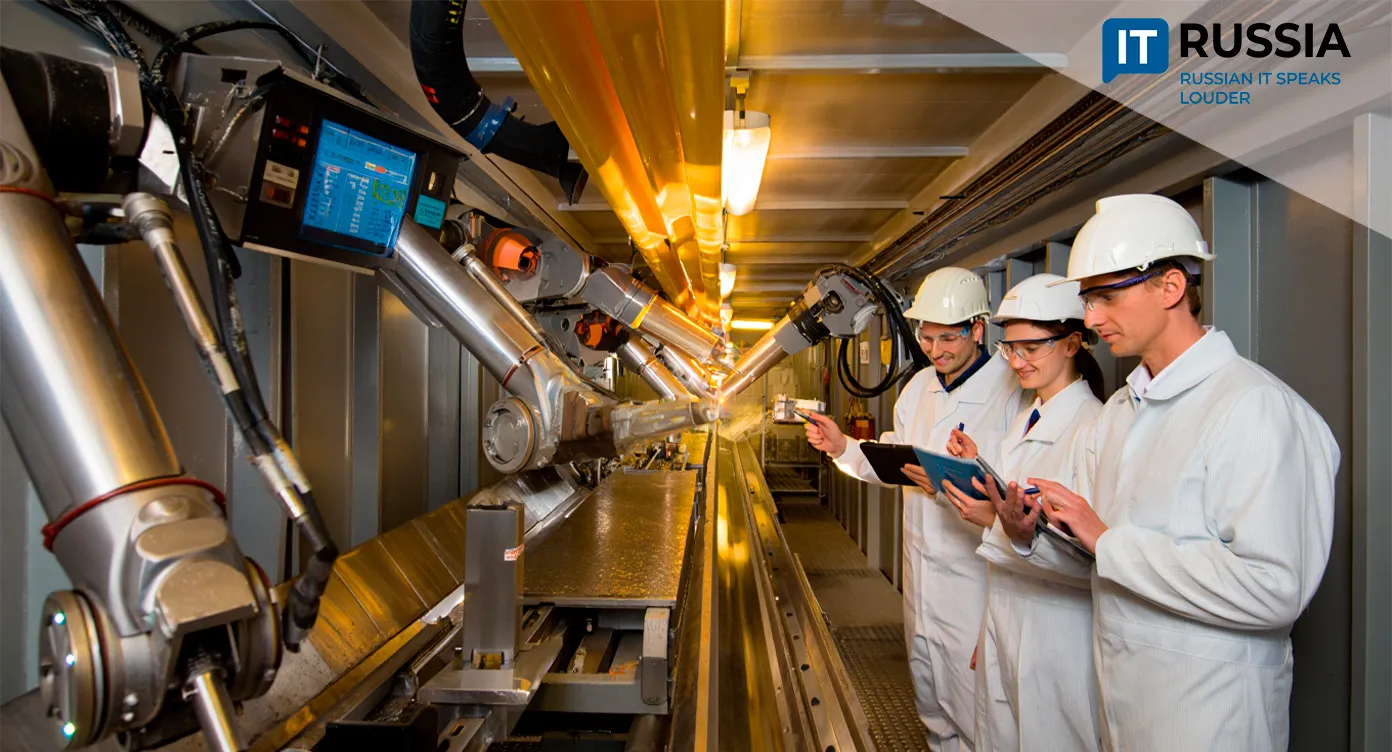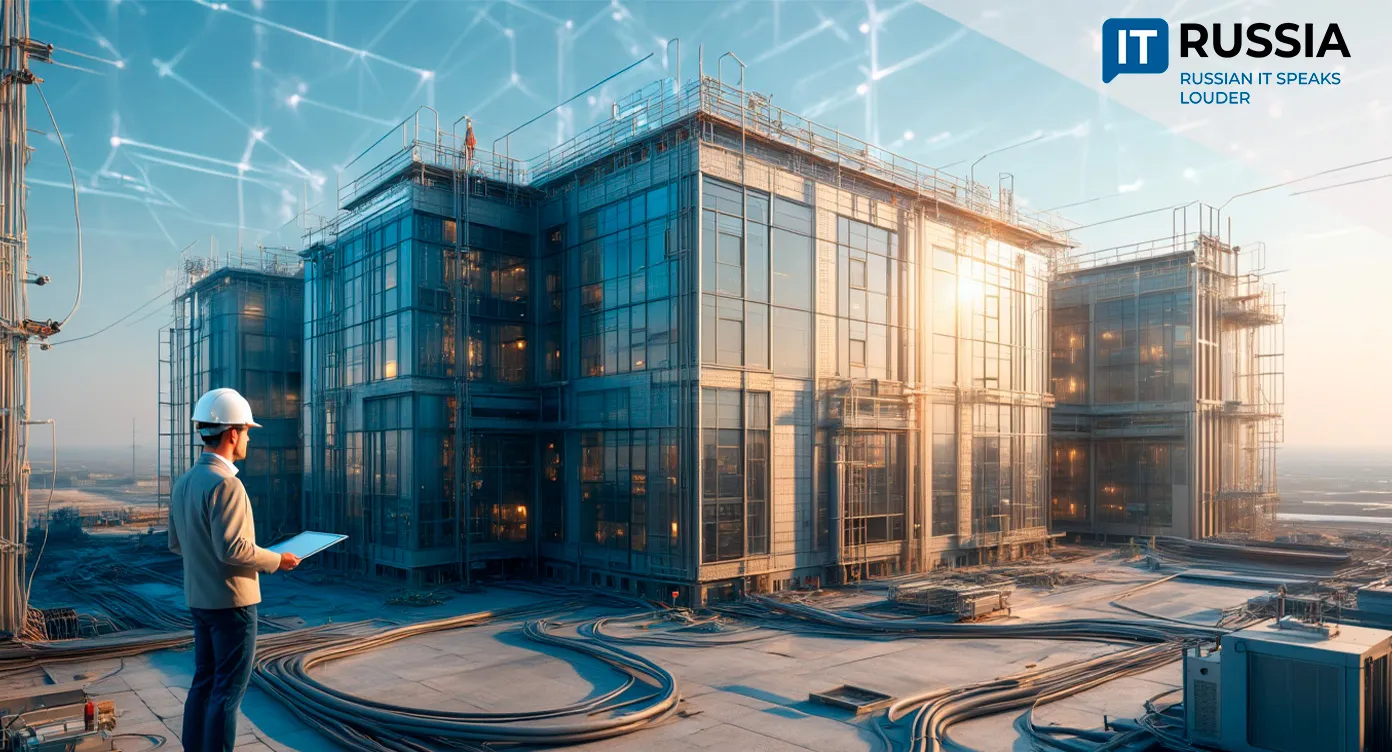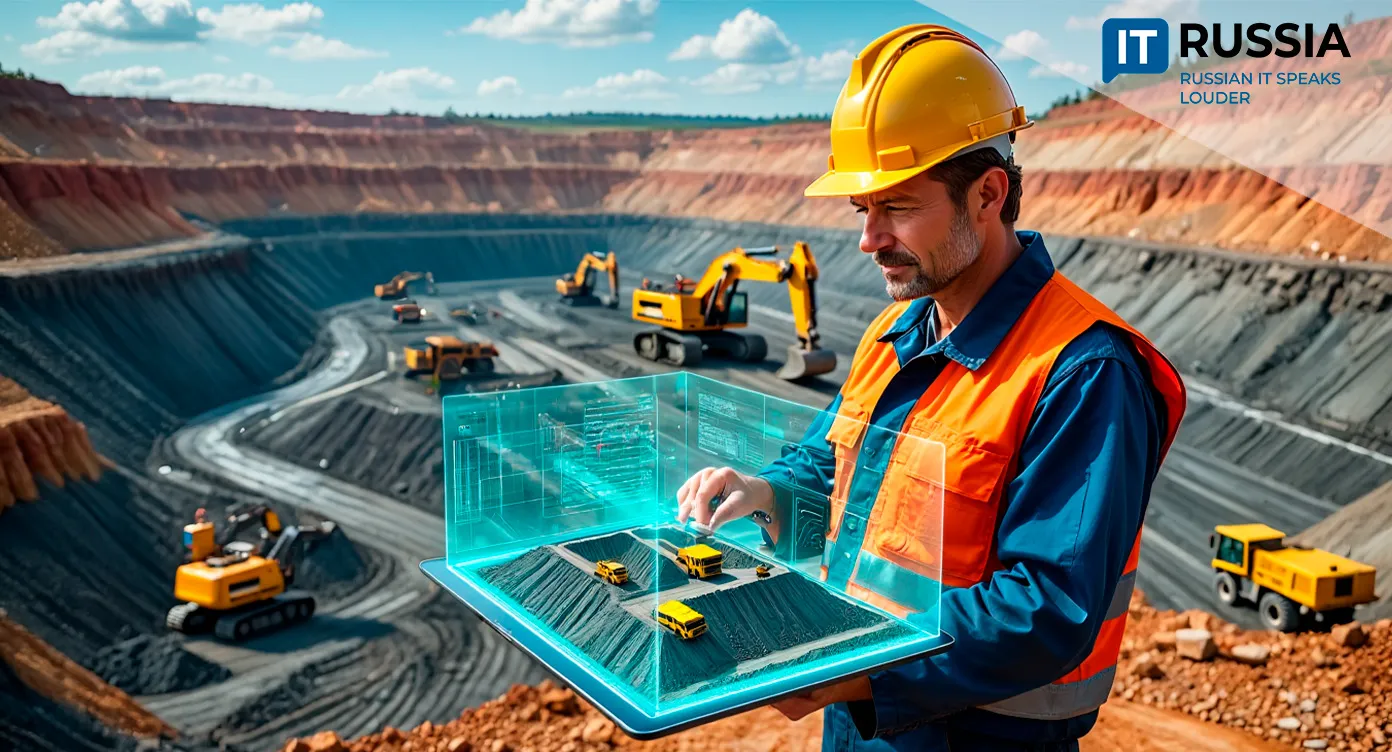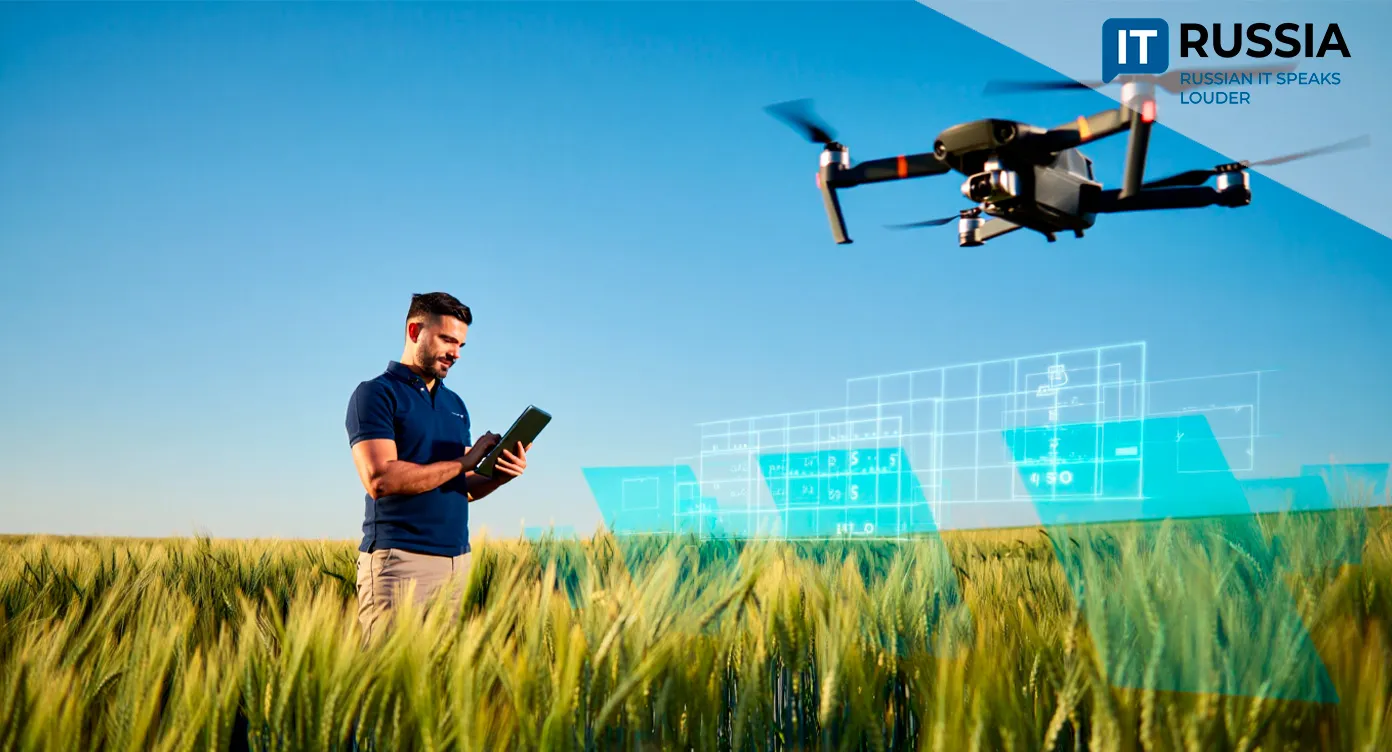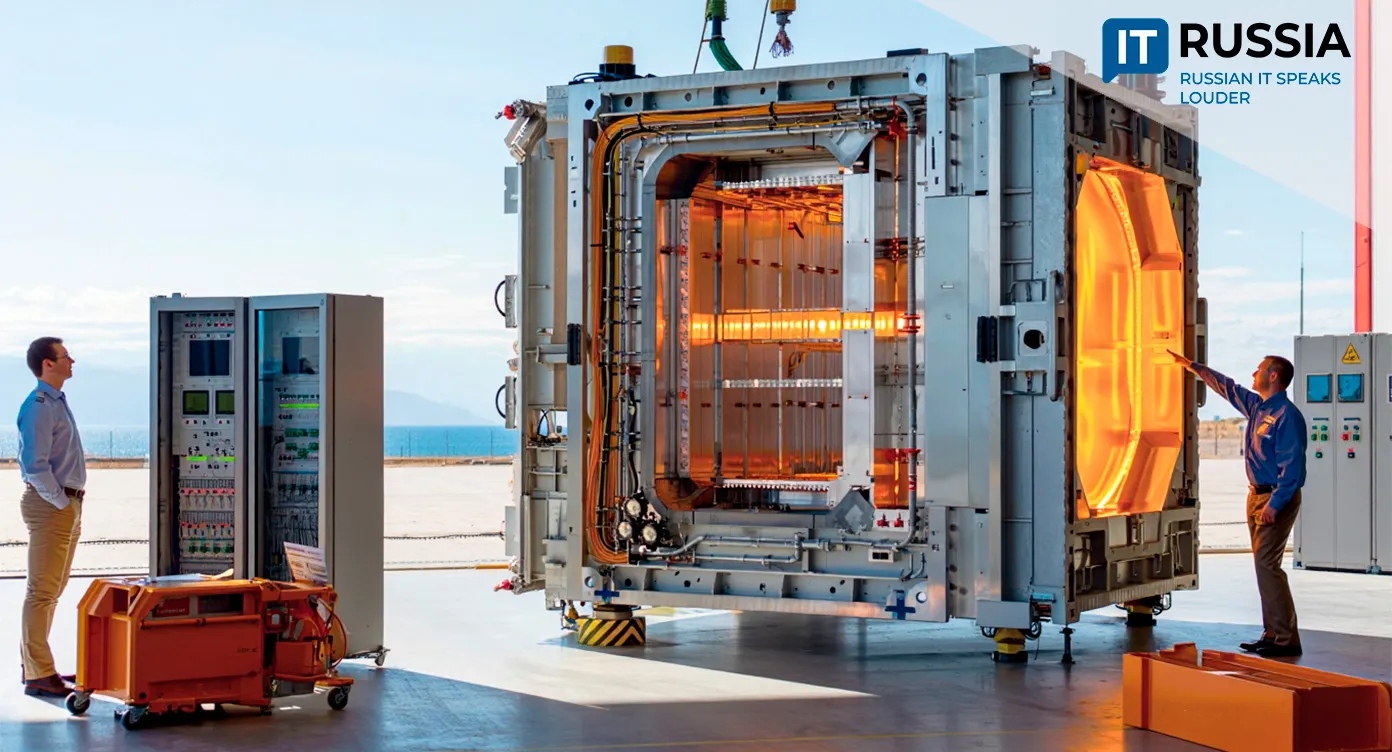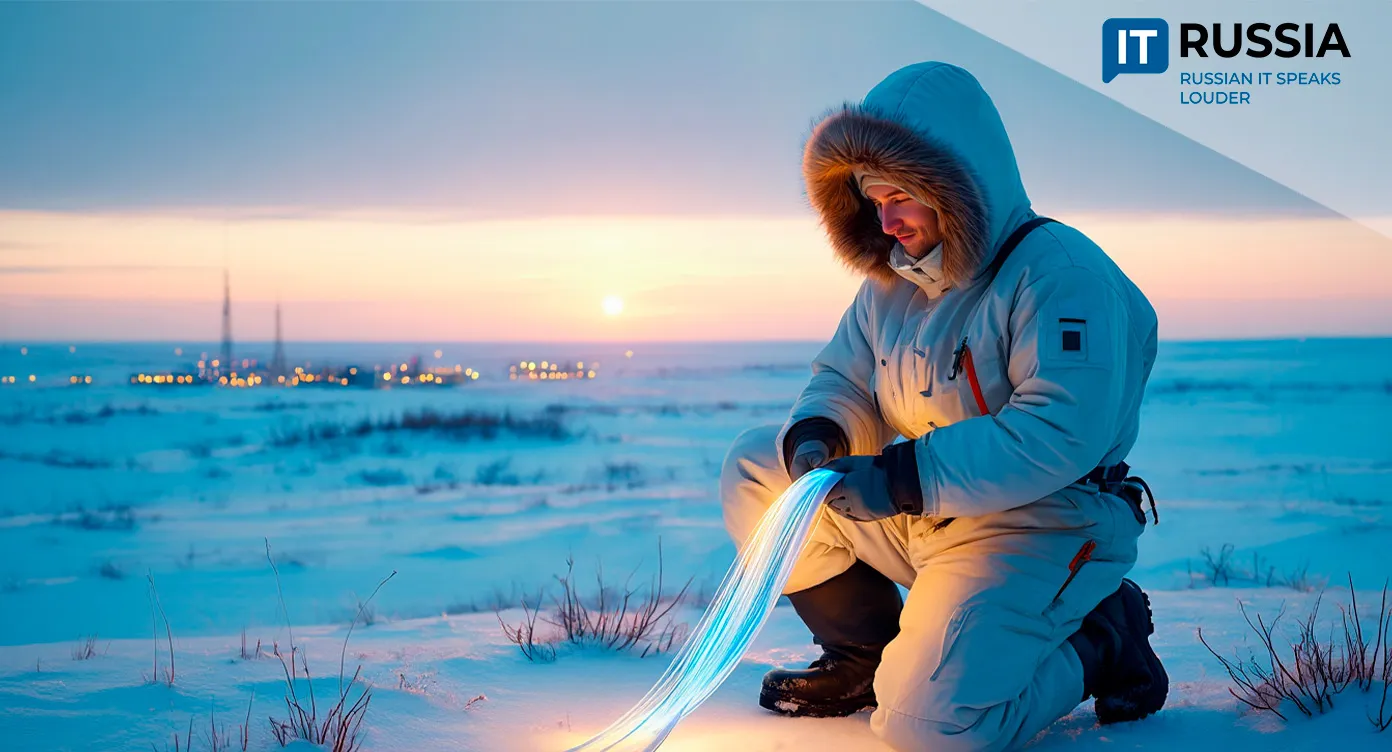Remote Drilling Is Coming: Russian Tech Firm Pioneers Fully Automated Well Operations
As Russia’s mining and energy sectors accelerate digital transformation, a new generation of AI-driven drilling tools could move drillers from the rig floor to the control room — and dramatically change how directional drilling is done worldwide.

From Reactive to Predictive Drilling
RIGINTEL, a Russian engineering company with six years of field experience from Astrakhan to Kamchatka, has unveiled a suite of industrial IT systems designed to automate and remotely control directional drilling operations. The company develops and supports industrial control systems for “smart” drilling rigs and works with major operators across the country.
The announcement was made at the Engineering of Well Construction and Reconstruction conference in Samara, a key annual meeting point for Russia’s largest subsurface resource developers. RIGINTEL presented a new digital ecosystem for the oil and gas sector, aimed at shifting the industry from reactive troubleshooting to predictive analytics.

At its core is OVIS, a modular hardware-software system that streams drilling parameters in real time and enables remote optimization of directional drilling (DD). The platform is designed to cut non-productive time, reduce accident risk, and speed up footage — all while increasing the safety of underground operations.
Instead of treating data as scattered telemetry, the RIGINTEL model treats the well as part of a unified digital organism. Centralized analytics turn field-level sensor data into decision-making tools for operators and managers. The result: faster course corrections, lower failure rates, and the ability to run multiple wells with fewer people on site.
From Blue Collars to White Collars
The company’s flagship product, IR-TRACK, allows engineers to fully control the directional drilling process remotely — adjusting trajectory and parameters in real time. What used to require physical presence on a rig can now be done from a centralized operations center.
That shift could soon reshape the workforce. The traditional “rig hand” may be replaced by a data-driven drilling specialist working in an air-conditioned office, monitoring multiple wells at once. The economic upside is clear: fewer field deployments, reduced safety risks, and a higher return on engineering talent.
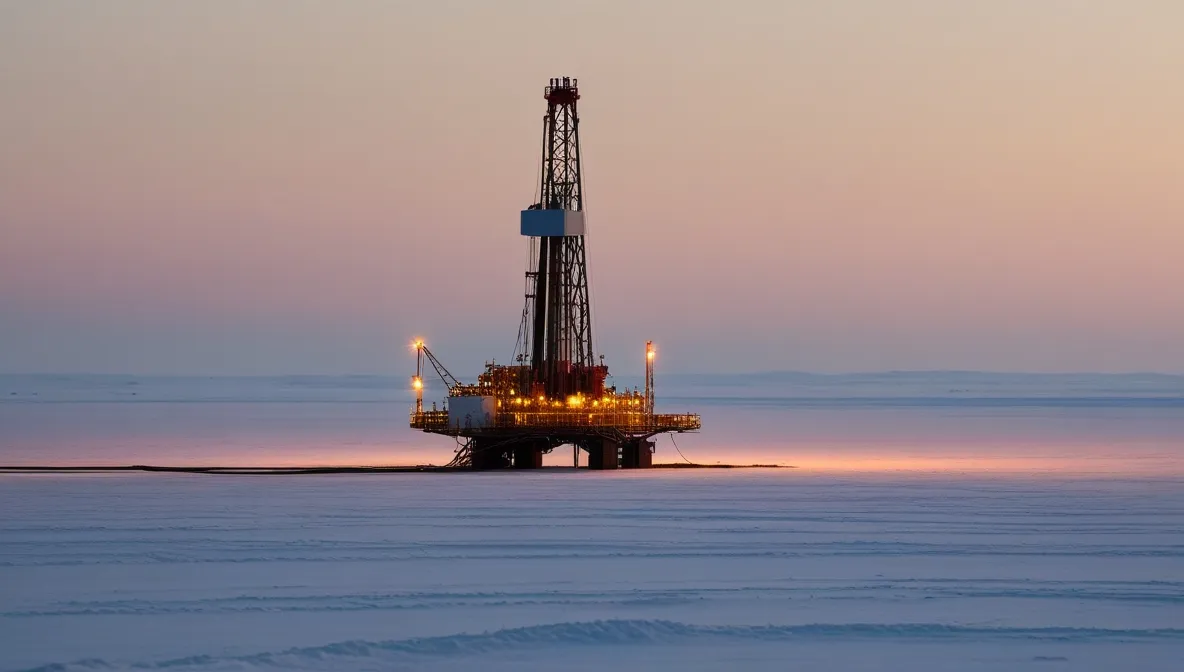
For Russia’s oil and gas sector, predictive drilling is no longer a buzzword — it is a strategic requirement. Real-time analytics and remote control systems reduce accidents, optimize labor resources, and increase the overall efficiency of extraction. For the state, this marks another milestone toward technological sovereignty and reduced dependence on foreign industrial software.
What It Takes to Scale
The technology can be deployed across multiple Russian regions — from Siberia to the Volga basin — with customization for geological conditions. Full integration with digital twins, IoT sensor networks, and machine-learning models is already in progress.

But scaling remote drilling requires more than software. The industry still needs:
• high-bandwidth field communications
• advanced sensor infrastructure
• stable data access from remote sites
• specialists trained in IT-driven drilling engineering
The good news: Russian oil and gas companies appear ready for that transition.





